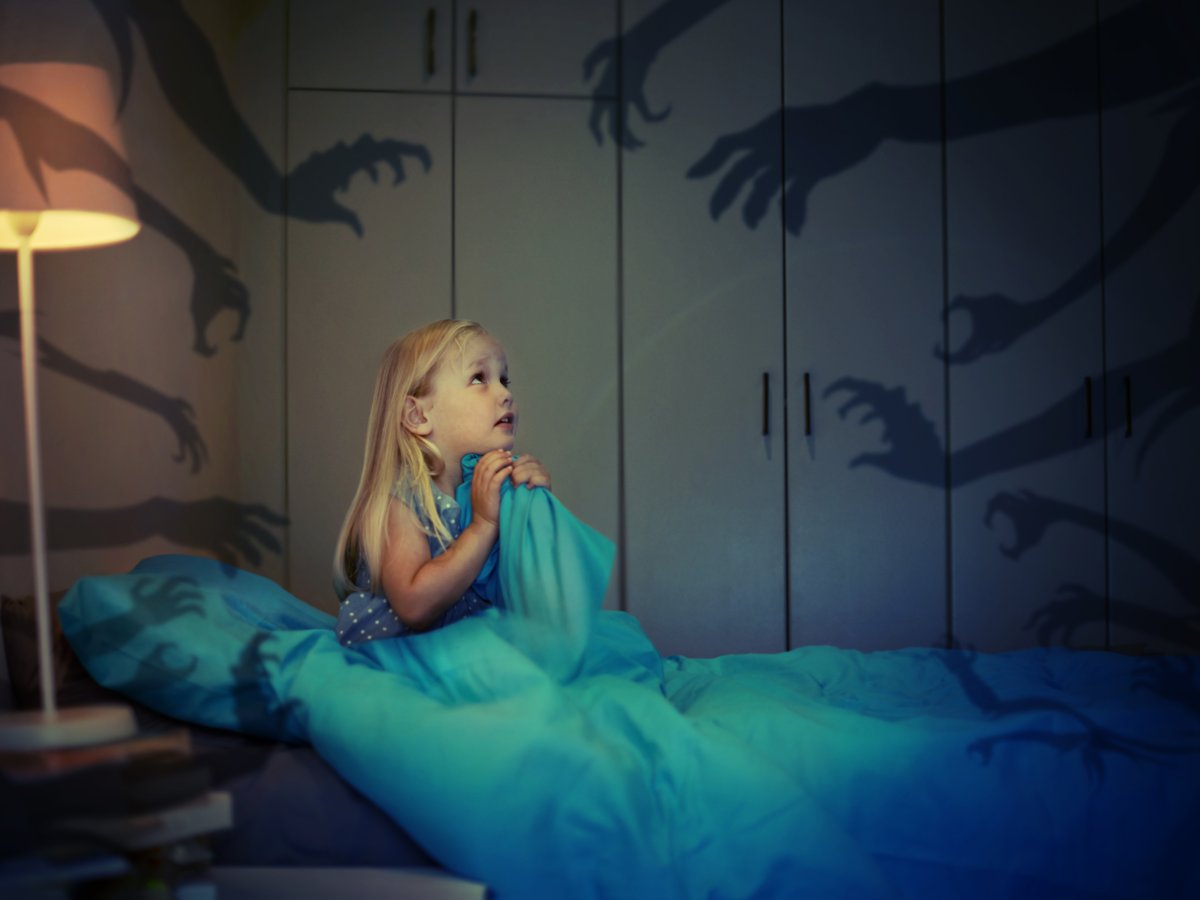Any parent who’s had a child experience night terrors knows exactly how terrifying they can be. A child can go from peaceful slumber to sheer fright in the blink of an eye, and there’s no way to get them out of it or console them.

WATCH BELOW: 40% of Canadians suffer sleep disorders
Unlike a nightmare, children won’t remember night terrors the following day, nor will they remember what they were dreaming when it escalated.
“Nightmares take place during REM sleep, which is why a child can recall some of what happened during the dream state of the sleep cycle,” says Dr. Jillian Roberts, child psychologist and associate professor of education at the University of Victoria. “But night terrors do not represent any fears or worries the child is facing. Rather, they have been likened to a snag in the cycle of sleep transitions — an awkward bump from one state to another.”
This also means that children cannot be consoled after having a night terror, nor can they learn to process the experience, like they would a nightmare.
What do night terrors look like?
A child having a night terror may suddenly sit upright in bed, scream out in distress or thrash in his or her sleep. The child may also have faster breathing and a quickened heartbeat, and could break into a sweat.
Sleepwalking and talking can also occur with night terrors, and a child could also look at you as if he or she is awake when, in fact, the child is still in a very deep sleep.
Who gets night terrors?
They’re most common in kids aged three to 12 and they happen more frequently to younger ones. An episode usually lasts only a couple of minutes, although some can experience them for up to 30 minutes.
Younger children could average one night terror a week, while older children experience them closer to once a month, Roberts says. In some cases, they may only ever have one, and most children outgrow them over time.
READ MORE: Poor sleep linked to memory problems in older adults
While they’re associated with a disrupted sleep cycle, other outside factors can trigger them, such as stress, anxiety, new medication, lack of sleep, sleeping in a new environment, and too much caffeine. It is estimated that up to 80 per cent of kids who get night terrors inherited them from a family member who sleepwalks or has some other form of sleep disorder.
What can you do for your child?
Unfortunately, the short answer to that question is, not much.
“No one is exactly sure what causes them, so there’s no guaranteed solution,” Roberts says. “Having good overall sleep hygiene seems to help though — having a regular bedtime routine, using the washroom before bed so they don’t have to wake in the night and ensuring they get enough sleep.”
It could also help to reduce any stress they have in their life and ensure they don’t get overtired.
Most importantly, do not try to wake your child if they’re having a night terror.
READ MORE: This body lotion has gone viral for reportedly helping people sleep
“Though it seems counterintuitive, do not try to wake your child during a night terror. Waking them up can actually be more disruptive to their sleep than just allowing the night terror to end on its own,” Roberts says. “When my child had night terrors, I just lay beside him and tried to comfort him.”






Comments